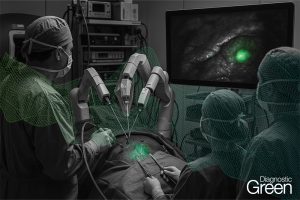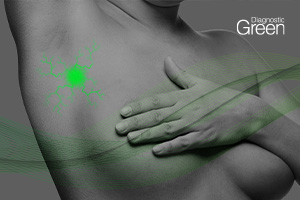Journal Abstract: We investigated the effectiveness of indocyanine green (ICG) fluorescence blood flow imaging of the gastric conduit to evaluate anastomotic leakage after esophagectomy. We identified 19 articles using the PRISMA standard for systematic reviews. The more recent studies reported attempts at objective quantification of ICG fluorescence imaging, rather than qualitative assessment. Anastomotic leakage after esophagectomy occurred in 0-33% of the patients who underwent ICG fluorescence imaging. According to the six studies that compared the incidence of anastomotic leakage in the ICG group and the control group, it ranged from 0 to 18.3% in the ICG group and from 0 to 25.2% in the control group, respectively. Overall, the incidence of anastomotic leakage in the ICG group (8.4%) was lower than that in the control group (18.5%). Although the incidence of anastomotic leakage was as high as 43.1% in patients who did not undergo any intraoperative intervention for poor blood flow, it was only 24% in patients who underwent intraoperative intervention. This systematic review revealed that ICG fluorescence imaging may be a crucial adjunctive tool for reducing anastomotic leakage after esophagectomy, suggesting that it should be performed during esophageal reconstruction.




